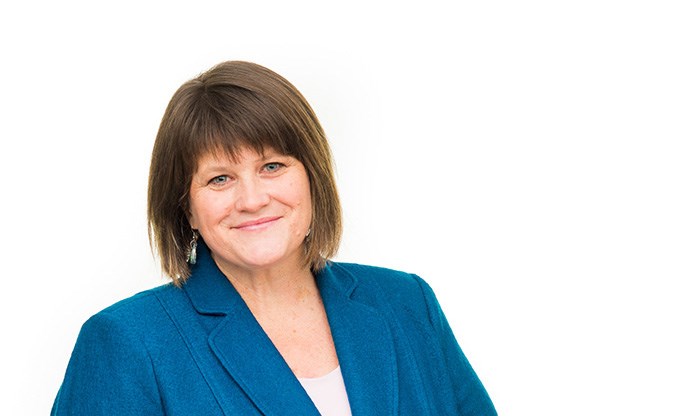In order to meet the test of today and the promise of tomorrow, collectively we need to re-imagine how we go about community building. This will require a 180-degree shift in our approach to land zoning, infrastructure, transit and economic development, a “modernization” of our modus operandi and the policies that guide us.
For far too long, the outward perception has been that our engineering, building, operations and planning functions are a bureaucratic obstacle to anything positive. But it’s not the fault of staff necessarily; we have a young, ideas-rich staff that we need to empower. The leadership and policies that guide staff have been mandated by councils of the past 50 years. And past councils have worked within a system that stifles collaboration, exploration of possibility and consensus building.
So I’m challenging all of us, staff, council and the community, to re-imagine how we go about the business of governing and building this community. Because to achieve the vision that I’m hearing from citizens, council members and staff, we need to alter course dramatically.
The idea of “modernization” has been a hot topic of council’s in our first two months on the job. And what has become glaringly evident is the disconnect between community ideals and aspirations and the policies that are supposed to deliver them.
Our planning documents, for example – zoning, subdivision and development bylaws, essentially what goes where and how it will look and feel and function when it is built – create cookie-cutter, homogeneous pods of uses and housing types that do not add value to the public realm nor inspire walkable, bikeable integrated neighbourhoods.
Our current use-based zoning rules focus on how a building is being used, whether it meets setbacks, coverage limitations and parking requirements. There is nothing practicable in our bylaws that reflects how this may detract from the public realm or devalue a neighbourhood and neighbouring properties or make public transit an inconsequential objective. We’ve designed commercial properties and employment nodes that are predominantly accessed by the automobile. Parking requirements seem to predicate every development and define our public realm. How is this creating “value”?
Our planning and development bylaws need to properly reflect the public realm and encourage mixed-use, form-based developments supported by a streamlined approval process. Improving the value of our public realm should be a key objective in our planning policies.
We are about to embark on a major overhaul of our Official Community Plan. The OCP is the mothership document that guides us and is the foundation on which many of our “public realm” policies and bylaws are founded.
Our collective challenge and opportunity is to be bold and deliver.



